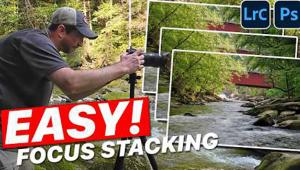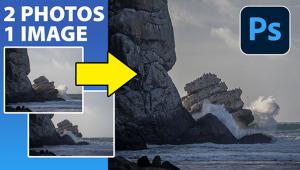Great Window Photos
|
If you enjoy photographing architectural details, chances are that you also love taking pictures of windows. As subjects, windows are plentiful, and they usually represent a particular style or character of the building that they inhabit. Whether it's an elaborate stained glass window of a church, or a broken window of a rustic adobe, you can find interesting windows anywhere.
There's a variety of ways to approach window photography. A single window—or a portion of it—can be your subject, or you may choose to capture the soft light coming through a window. You can also photograph one window (or a set of them) from the outside, and then take pictures from inside the building if it's accessible to you. Sometimes a window can be rendered as a frame for a picturesque scene outside. If the lighting is right, you may be able to capture light streaming in through the window. The best time of day to do this is mid- to late morning, or early to mid-afternoon, when the sun is still somewhat high and at an angle to the window. If you want to photograph interior details, be sure to aim your lens away from the brightest areas to avoid having your camera's meter underexpose your photos. It's always a good idea to maximize your chances for success by taking several pictures. With high-speed film (in the ISO 400-1000 range), you can often shoot building interiors and windows at shutter speeds that allow you to hand-hold your camera. A compact, lightweight camera is usually easier to hold steady than is a larger SLR. But if you use a telephoto setting on your camera's zoom lens to isolate a particular window, or if you're photographing an area that's really dimly lit, you may want to use a tripod or other support (like the back of a church pew) to steady your compact camera. If your point-and-shoot camera has a built-in flash that goes off automatically in dimly lit areas, turn it off or shoot at an angle to the window to avoid glare. Oftentimes, a window's high location can make photography difficult. Unless you can shoot it from a ladder or another elevated position, the best solution is to use the telephoto setting on your zoom lens, if your camera has one. This will enable you to take pictures from a distance, filling the frame without making the window appear too distorted. By using even a moderate telephoto setting, you can eliminate distracting elements and pick out interesting details, which can sometimes be more interesting and dramatic than photographing the entire window. Light from a large window can be a soft, flattering source of illumination for photographing people or still-life subjects. North-facing windows are usually best, because they're exposed primarily to light from the sky. Highly reflective windows also offer great photo opportunities. Sometimes buildings, people or anything that these windows reflect can be great abstracts. Use the telephoto setting on your lens (or get in close) to capture interesting details, or use a wide-angle setting to encompass the whole building. Experiment with composition—position an interesting window in the center of your photo if it's the main subject, or off-center if there are other interesting compositional elements nearby. So next time you're out photographing interesting buildings—such as an old barn or an ornate Victorian house—don't forget to shoot details like windows. Sometimes the small picture within the larger, more obvious subject can become your strongest image. |
















































